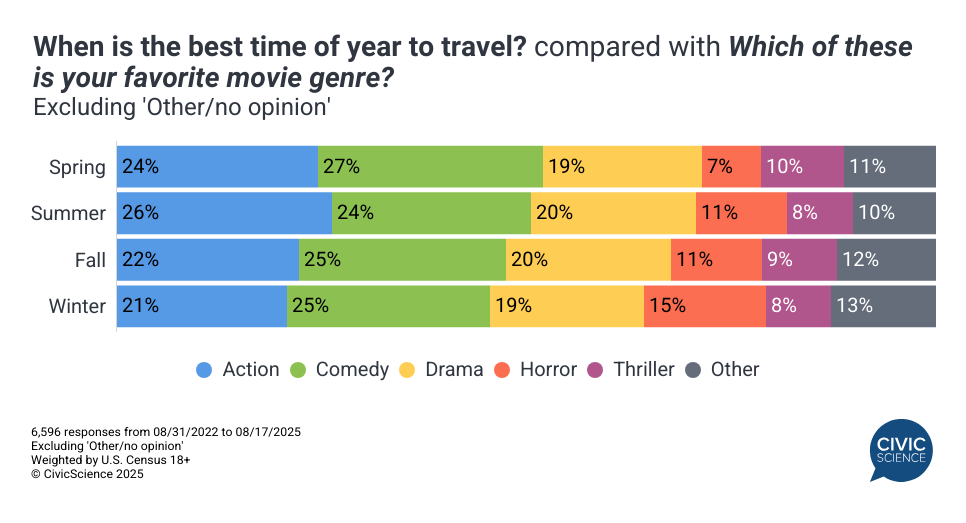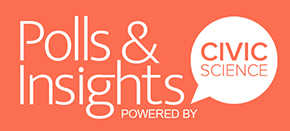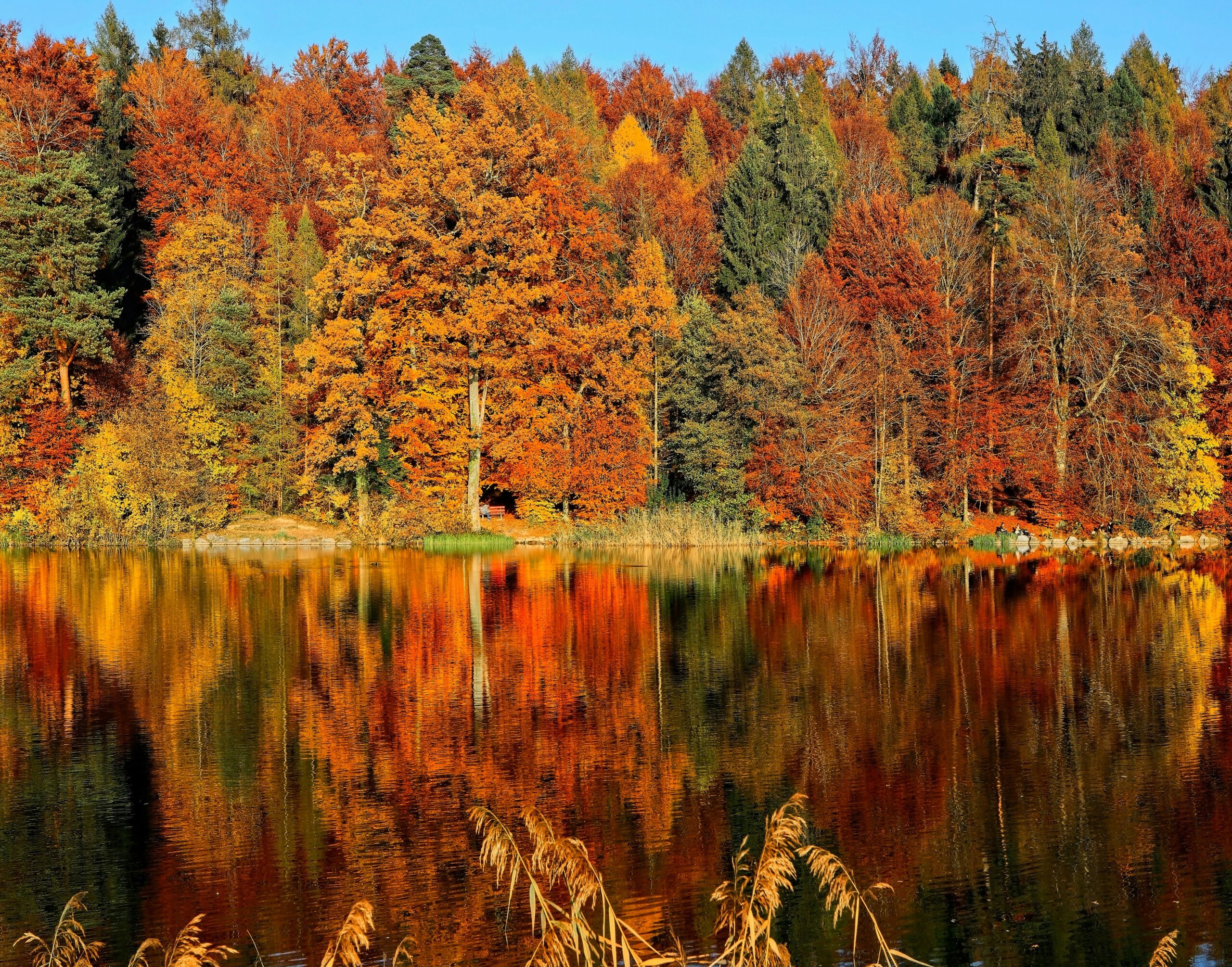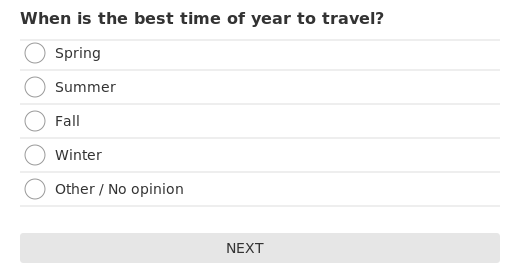When do you think is the best time of the year to travel? A CivicScience poll of nearly 8,000 U.S. adults (excluding no opinion) reveals that fall is the clear favorite. The data finds that two in five respondents believe that autumn is the best season to travel compared to summer’s 32%, spring’s 20%, and winter’s modest 9%—suggesting that crisp weather and changing leaves outweigh beach days and ski slopes in most travelers’ minds.
Age plays a particularly interesting role in shaping seasonal travel preferences. Young adults 18-29 show the most balanced distribution, though they still favor fall (44%) over summer (37%), with limited enthusiasm for spring (14%) or winter (6%). This fall preference intensifies with age, climbing to 48% among Americans 55+. Spring gains modest appeal among older travelers, rising from 14% with young adults to 22% among seniors, while winter consistently ranks last across all generations.
Gender differences reveal distinct seasonal preferences. Women demonstrate stronger fall enthusiasm at 46% versus men’s 40%, while men show greater summer appeal (36% compared to women’s 27%). Spring attracts equal interest from both genders, and winter remains the least popular choice regardless of gender.
Geography influences seasonal travel choices in predictable ways. The South leads in fall preference at 49%, possibly seeking relief from oppressive summer heat. The Northeast shows the most varied seasonal interests, with fall at 35% and more distributed preferences across other seasons. Both the Midwest (44%) and West (43%) favor fall travel, though the West shows stronger summer interest at 28%.
Travel timing preferences connect to several lifestyle and personality indicators:
Adventure commitment: Fall enthusiasts show the highest dedication to travel as a life priority, with 40% describing it as important or passionate compared to other seasonal preferences. This suggests fall travelers view exploration as central to their lifestyle rather than occasional indulgence.
Nature engagement: Fall and winter travelers visit state and national parks most frequently—57% and 58% respectively make regular visits—compared to summer (55%) and spring (49%) travelers. This indicates that off-season travelers may be more committed outdoor enthusiasts.
Daily coffee needs: Spring travelers lead in coffee dependency, with 48% drinking it daily, followed closely by fall travelers at 42%. Summer travelers show more moderate consumption at 43%, while winter travelers are least coffee-dependent at 39%.
Entertainment tastes: Movie preferences vary subtly by travel season. Spring travelers favor comedy (27%), while action films appeal most to winter travelers despite their small numbers. Fall travelers show slight preference for drama, and summer travelers distribute fairly evenly across genres.

What stands out is that fall doesn’t just win by default—it connects with values like adventure, nature, and lifestyle priorities in a way other seasons don’t. This makes autumn not just a preference, but a reflection of how many Americans want to experience travel.
Love taking polls? Sign up to participate in the Poll of the Day here.
This article’s data comes solely from CivicScience’s database, which contains nearly 700,000 poll questions and 5 billion consumer insights.


